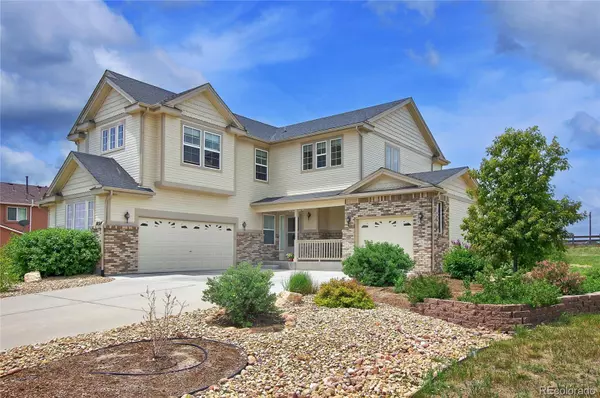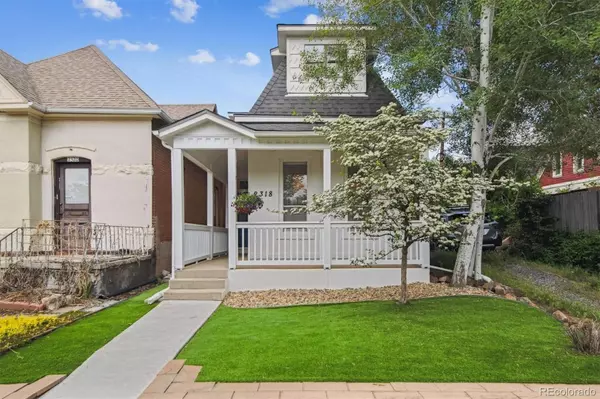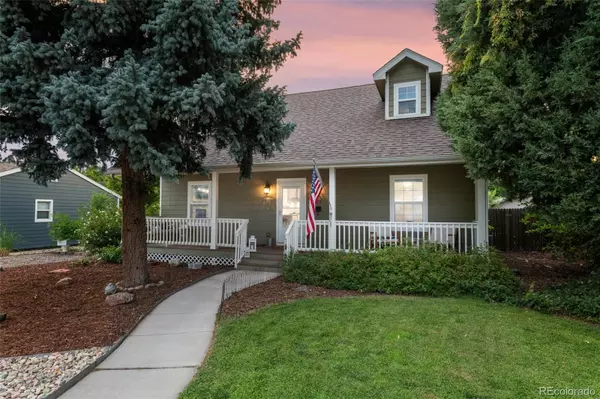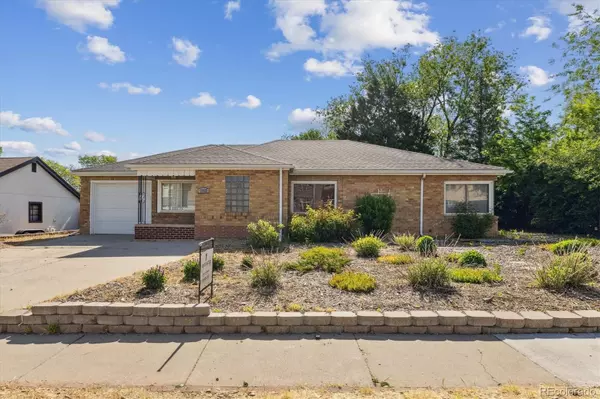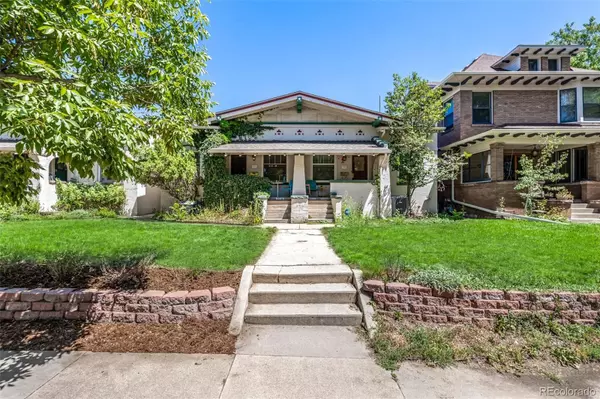History of Castle Pines
Castle Pines, Colorado is rich in natural landscapes, has plenty of golf courses, and boasts a luxurious lifestyle. This city has been consistently voted one of the best places to live in Colorado, with highly ranked schools, a high median income, and beautiful homes. If this sounds like an area you might like to visit or even settle down in, keep reading to discover the interesting history of Castle Pines.
Where is Castle Pines?
If you head outside of Denver, Colorado, you are sure to discover areas with a more rural feel than the bustling city. Castle Pines is a suburb of Denver nestled in the desirable Douglas County. With the city of Lone Tree to its north and Castle Rock to its south, this area still retains some of the rural feel of its heritage while providing many of the luxuries you might expect in the suburbs of a large city.

Native Americans
Native Americans lived in this area long before any pioneers went west, which is not a big surprise. Though many tribes settled in the general area of Castle Pines, the Arapahoe, Cheyenne, and Utes were the most common. Most people think that Native Americans lived in this area for at least 200 years before the first explorers came out here. These thre tribes survived by working with the land and environment and struggling to create security for their respective tribes.
Travelers and Stagecoaches
Traveling wasn't always as simple or as fast as it is today. Long before Castle Pines even existed, this area was a popular thoroughfare between Denver and Colorado Springs. The journey was long by today's standards, but stagecoaches helped to transport large numbers of people and their belongings between cities. These two large cities at the time provided opportunities for families to thrive and grow along with the cities that they decided to settle in. Business opportunities were plentiful in both Denver and Colorado Spring during this period. Between these two larger cities was an expanse of open land that many viewed as just an area to navigate, but it would become, in part, Castle Pines.
Not only was the travel time longer during this time, but it was also full of danger. Outlaws would hide among the landscape that surrounds what is now Castle Pines in order to surprise unsuspecting travelers and rob them of many of their possessions. Certainly, travelers were aware of the dangers and took precautions when possible. That didn't stop the outlaws from at least trying to seize what they saw as an opportunity.
Farming and Ranching
With so many people traveling through the area, it was just a matter of time before some people decided that city life wasn't for them and were drawn to the landscape and possibilities presented by the open land. Most saw farming and ranching as great options for their families. As the area became settled, pioneers started on the daunting task of farming while working with the landscape and weather. Farming was very reliant on the weather and the quality of the land, which led many to turn their sights on opportunities that were not so reliant on the climate.
Ranching followed soon after, as many saw the vast areas as perfect not to grow crops but to allow animals to wander. It might be hard to imagine today, but before there were houses, restaurants, golf courses, and shopping areas, Castle Pines was dotted with farm and ranching homes surrounded by vast expanses of open land. All this open space was just as appealing to settlers many years ago as it is to people today, though for entirely different reasons.
Farmers and ranchers saw the open land as a perfect location to settle down, provide for their families, and have plenty of space to raise cattle or sheep. Though the growing season can be harsh, families have also settled down to try to grow a variety of grains, fruits, and vegetables. Passing through this area today, it is hard to miss these areas of open land and the evidence of old ranch homes and historical parks that exist in the area today.
Today, the appeal of this more rural landscape focuses on providing recreation and education, as well as adventure, for the growing number of families settling in the area today.
Evidence of History
Travelers and residents alike might be surprised at the number of parks and pieces of history that can still be found in the area. Highland Ranch Open Space and Daniels Park are just two of the many parks where history can be found. Landmarks of Native American history, pioneers, and ranching can be found at both of these parks that border the city of Castle Pines. These parks are well cared for and can provide hours of recreation and exercise while learning about the history of the area.
The Schweiger Ranch, also known as the Happy Canyon Ranch, is another example of preserved history in the area. In 2004, the old ranch house was declared a historical landmark. Battered by the years and the elements, this ranch home has seen its better days. Close to the old ranch is the RidgeGate development, which is a thriving suburban neighborhood. The developer formed RidgeGate Community Alliance, which is a non-profit intent on restoring the old ranch. With interest high in preserving the ranch, time will tell what can be done to preserve the ranch and help the area retain its rural feel.

Castle Pines Today
The land that was to become Castle Pines Golf Club was purchased in the 1970's. The golf course was designed by the famous golfer Jack Nicklaus. Over the following decade, this golf club was planned and created, setting this area up for expansion and popularity. Once completed, Castle Pines Golf Club hosted the International PGA Tour event from 1986 until 2006.
When you think of Colorado, especially the area surrounding Denver, you might think of elevation. Castle Pines sits at an elevation of 6,000 to 6,500 feet. Beautiful views of Pikes Peak and the Rocky Mountains can be easily seen in the area. Hopefully, by now you are coming to appreciate the beautiful landscapes and wide open spaces that can be enjoyed in areas surrounding Castle Pines. The city provides luxury living with a bonus of a rural feel. This is a combination that is unique to this area and is appreciated by many of its residents.
Castle Pines as a city is fairly young. Castle Pines became an official city in 2008, so even though it has been around for a while, it is still a baby compared to Denver. In this short time, Castle Pines has become an affluent area. With the population closing in on 11,000 residents, many residents own their own homes and enjoy the natural surroundings of this once-farming community. With the golf club, housing, and amenities of this city, it is no surprise that schools in the area boost high ratings. Many families have settled in Castle Pines and support the many open green spaces and parks in the area.
Ready To Call Castle Pines Home?
After discovering the rich history of this area, you might be thinking that Castle Pines, Colorado, might be perfect for you and your family. Your perfect luxury home is waiting for you, and we can help. At Downing Street Group, we can help you explore Castle Pines and the surrounding area to find your dream house. We are experts in this unique part of Colorado and can answer any questions you might have before you commit to settling down in this beautiful landscape full of open land and history.
Recent Posts

